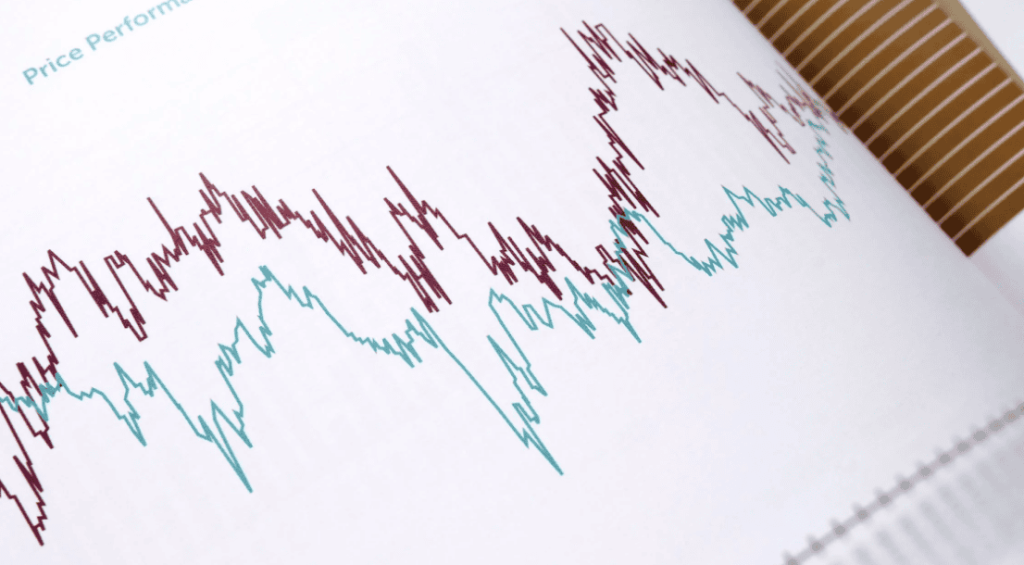Asset pricing anomalies documented in the post-WWII period are commonly used to design investment strategies. This column uses historical data over 1900-1925 from nine equity markets to provide an out-of-sample test for these asset pricing anomalies. It finds strong evidence of cross-sectional momentum (difference in returns of past winners and past losers), which is driven mainly by investor underreaction. Meanwhile, there is little evidence for long-term reversal and mixed evidence for short-term reversal in the data. Finally, it also shows evidence for size effects, betting-against-beta, and the outperformance of low volatility stocks in this period.
Factor investing is an investment strategy that involves targeting specific drivers of returns across assets. These drivers, known as factors, are systematic characteristics that influence the risk and return profile of securities. Profitable factors are usually identified by looking at asset pricing anomalies, that is patterns in financial markets where securities’ prices deviate from the predictions of traditional financial models such as the capital asset pricing model. Although roughly $2 trillion is currently invested into factor-based exchange-traded funds, the profitability of factor investing has been recently called into question. 1 Whether factor investing is a profitable investment strategy depends on whether anomalies really exist, or if they are artifacts of statistical errors.
Numerous works have identified cross-sectional asset pricing anomalies in financial markets, primarily using post-WWII price data, with those data sets often starting in the 1980s or 1990s. The main concern with these findings is data mining. Harvey et al. (2016) report 316 factors from 313 papers since 1967, which aim to explain the cross-section of stock returns. However, they argue that many of these factors may be spurious. They propose that a genuine out-of-sample test to determine the true factors can only be performed with data ‘in the future’, implying a long wait for new data. Researchers have been addressing data mining concerns by using recent data, replicating tests across countries, or adjusting statistical tests, though these methods have limitations like shorter sample periods, increased return correlations, and reliance on specific assumptions (Chordia et al. 2014, Fama and French 1998, Harvey et al. 2016).
In Braggion et al. (2024) we adopt a different approach as we focus on a long historical period covering nine different markets for which we collect prices of nearly every stock, quoted every four weeks between 1900 and 1925. This constitutes a genuine and powerful out-of-sample test, because we study a period during which anomalies had not been documented. In our baseline analysis we study seven financial markets: Amsterdam, Canada, London, New York, Paris, Sydney, and Zurich. In a separate section, we study anomalies in two financial markets that experienced hyperinflation after WWI, Berlin and Vienna, and hence had significantly more volatile stock returns.
The 1900-1925 period was characterised by large and liquid financial markets, particularly when compared with the decades before and after this period. Research in asset pricing began in this era. For example, in 1900 Louis Bachelier described the behaviour of stock prices with a Brownian motion (Bachelier 1900). In 1924, Edgar Lawrence Smith compared the long-run returns of stocks and bonds, presenting the first documented ‘anomaly’ that stocks outperformed bonds (Smith 1924). As we study anomalies in a period that precedes systematic studies in finance, we analyse an environment that had not been ‘contaminated’ by finance research.
Table 1 presents our key finding, pooling all cross-sections into worldwide long-short portfolios for each anomaly. We find strong evidence of cross-sectional momentum, size, betting-against-beta, and volatility in our period. The effects are not only statistically significant but also economically relevant. For instance, the difference in returns between the portfolio of past winners and past losers (momentum) is 0.58% per month, averaged across markets, which corresponds to about 7.2% per year. We find little evidence for long-term reversal (well-performing stocks over the past five years tend to underperform in the future) and mixed evidence for short-term reversal (well-performing stocks in the past month tend to underperform in the next month).
Table 1 Worldwide long-short anomaly portfolio returns


Notes: This table reports results for worldwide anomaly portfolios. For each anomaly, we equally weight long-short portfolios across all seven markets. We consider six anomalies: momentum (past returns for months -12 to -2, buying winners, and selling losers), long-term reversal (past 60-month returns, buying losers, and selling winners), size (market capitalisation, buying small firms, and selling large firms), market beta (buying high-beta stocks and selling low-beta stocks), volatility (buying stocks with high total volatility and selling stocks with low volatility), and short-term reversal (buying stocks with high last month’s return and selling stocks with low last month’s return). The sample period is 1900 to 1925. We report the average worldwide return, the standard deviation, alpha, and beta of a regression of the worldwide anomaly return on a world stock market portfolio (obtained by equally weighting the market-level stock index returns).
Once we present the basic facts about anomalies, we exploit our historical environment to explore in more detail the drivers of momentum, an anomaly which the literature has investigated deeply. Since momentum was first documented (Levy 1967, Jegadeesh and Titman 1993), the literature has attributed its existence to a mix of factors, including investor underreaction, overreaction, and institutional trading (Barberis et al. 1998, Daniel et al. 1998, Berk et al. 1999, Hong and Stein 1999, Vayanos and Woolley 2013). Assessing the individual impact of these factors is complex. Early 20th century financial markets are an ideal environment to test whether underreaction alone can generate momentum. Institutional trading was minimal between 1900 and 1925, making it unlikely that institutions drove momentum. Also, theories of overreaction assume traders extrapolate future returns from past prices, but early 20th century investors faced challenges in tracking past prices because of the limited availability of systematic data and non-existent computing power, factors that greatly complicated trading strategies based on extrapolation. We verify this conjecture in the data by looking at long-term reversal: difficulties in extrapolating and the limited occurrence of overreaction should come with little or no long-term reversal.
As Table 1 shows, when sorting stocks on their past five-year returns we indeed find no evidence of long-term reversal, in contrast to De Bondt and Thaler (1985) and subsequent work that uses more recent data. In fact, for six out of seven markets we find that long-term winners outperform long-term losers, though this effect is only statistically significant for three markets. Our no long-term reversal result is consistent with the importance of underreaction and the limited power of overreaction to explain momentum.
We provide empirical evidence that the momentum effect in our sample seems to be driven by information about stocks arriving continuously and in small amounts rather than by large information shocks. This is consistent with underreaction and with the ‘frog in the pan’ hypothesis, which assumes that investors are less attentive to frequent gradual changes than to infrequent dramatic changes (Da et al. 2014). In sum, our results strongly support that underreaction is the main driver of momentum.
Overall, we show that the study of the past can produce informative tests of factor investing and give insight into the validity of theories intended to explain those findings.
Source : VOXeu



































































